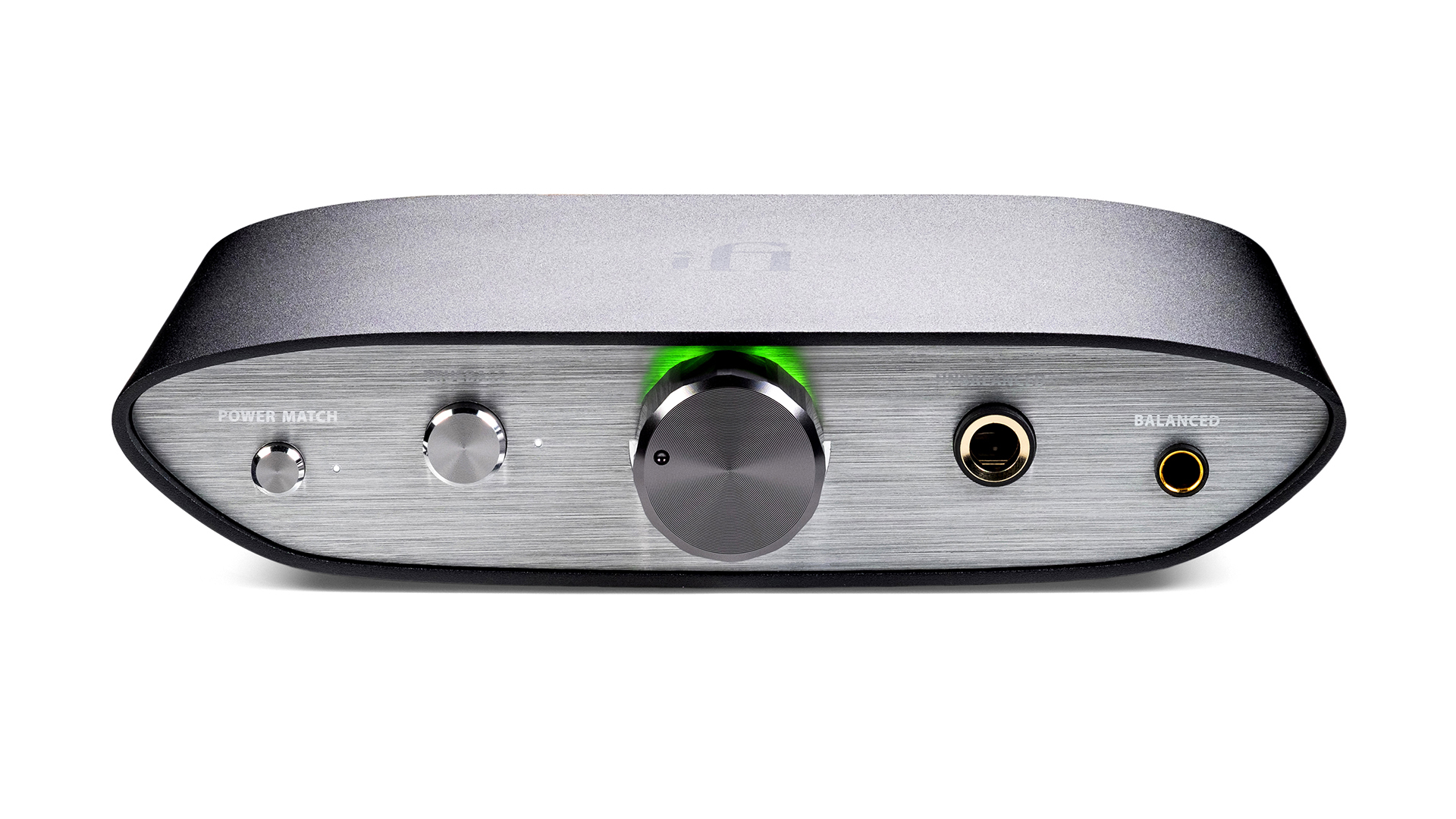

In the simplest case, an emitter and a receiver (separate in this configuration) are aligned with the flow of a fluid. Though it might not be immediately obvious, if configured correctly ultrasonic sensors can even measure fluid flow rates. Another aquatic application is to use these sensors to “see” the bottom of a body of water, traveling through the water, but reflecting off the bottom surface below. Water-level sensing is another good use, and can be accomplished by positioning one sensor above a water surface. So where can we use these sensors? Robot navigation comes to mind, as well as factory automation. The speed of sound, however, is 4.3 times as fast in water as in air, so this calculation must be adjusted significantly. Specially adapted ultrasonic sensors can also be used underwater. If you need to measure the specific distance from your sensor, this can be calculated based on this formula:Īt 20☌ (68☏), the speed of sound is 343 meters/second (1125 feet/second), but this varies depending on temperature and humidity. On the other hand, if an object is made out of a material that absorbs sound or is shaped in such a way that it reflects the sound waves away from the receiver, readings will be unreliable. In fact, they’re unaffected by the color of the material they are sensing. While radar and ultrasonic sensors can be used for some of the same purposes, sound-based sensors are readily available-they can be had for just a couple dollars in some cases-and in certain situations, they may detect objects more effectively than radar.įor instance, while radar, or even light-based sensors, have a difficult time correctly processing clear plastic, ultrasonic sensors have no problem with this. This type of sensor can be manufactured in a smaller package than with separate elements, which is convenient for applications where size is at a premium. While some sensors use a separate sound emitter and receiver, it’s also possible to combine these into one package device, having an ultrasonic element alternate between emitting and receiving signals. This is similar to how radar measures the time it takes a radio wave to return after hitting an object. They then wait for the sound to be reflected back, calculating distance based on the time required. Ultrasonic sensors work by emitting sound waves at a frequency too high for humans to hear. Ultrasonic sensors How Does an Ultrasonic Sensor Work?.Light detection (infrared sensors, light-dependent resistors, and computer vision setups).


 0 kommentar(er)
0 kommentar(er)
